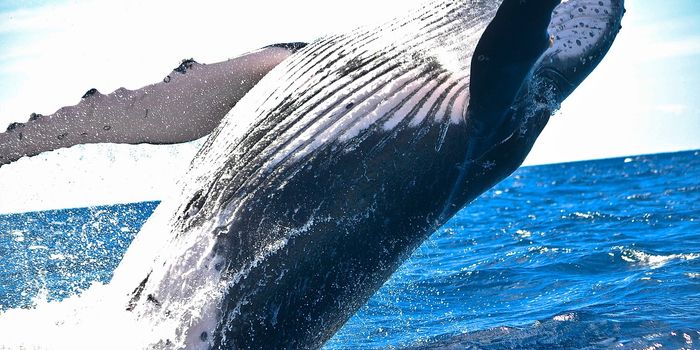Did climate push early humans out of Africa?
A recent study published in the Proceedings of the National Academy of Sciences details the most recent revelations about our planet’s complex history. The study showcases a dynamic climate and vegetation model that tracks changes across time and geography, dating back 140,000 years ago to pinpoint the factors behind why humans started to migrate.
Led by emeritus University of Wisconsin-Madison professor of atmospheric and oceanic sciences and professor at the Nelson Institute for Environmental Studies, John Kutzbach, the study examines how changes in climate affected plant composition across the planet, which could have therefore driven early humans to disperse.
"We don't really know why people move, but if the presence of more vegetation is helpful, these are the times that would have been advantageous to them," Kutzbach says, referring to the model’s conclusions.
For example, according to the model, roughly 125,000 years ago, northern Africa and the Arabian Peninsula received more rainfall that resulted in greater growth of grasslands that ultimately narrowed the Saharan and Arabian deserts. Simultaneously, the Mediterranean and the Levant also experienced more rainfall. "It's like two hands meeting," says Kutzbach. "There were stronger summer rains in the Sahara and stronger winter rains in the Mediterranean." The combination of these two climatic events, compounded upon by the presence of the Milankovitch cycles, could have created favorable conditions for migration corridors for early humans.
The study authors utilized the Community Climate System Model version 3 from the National Center for Atmospheric Research in order to determine their findings.
Kutzbach, who has been studying this topic since the 1970s, was one of the researchers who originally explained how “changes in Earth's orbit can drive the strength of summer monsoons around the globe by influencing how much sunlight, and therefore, how much warming reaches a given part of the planet,” according to Science Daily.
Yet despite his many years studying the earth, Kutzbach says his research is continually being refined. "We get some things wrong (in the model)," he says. “This is by no means the last word," Kutzbach says. "The results should be looked at again with an even higher-resolution model."
Sources: Science Daily, PNAS









